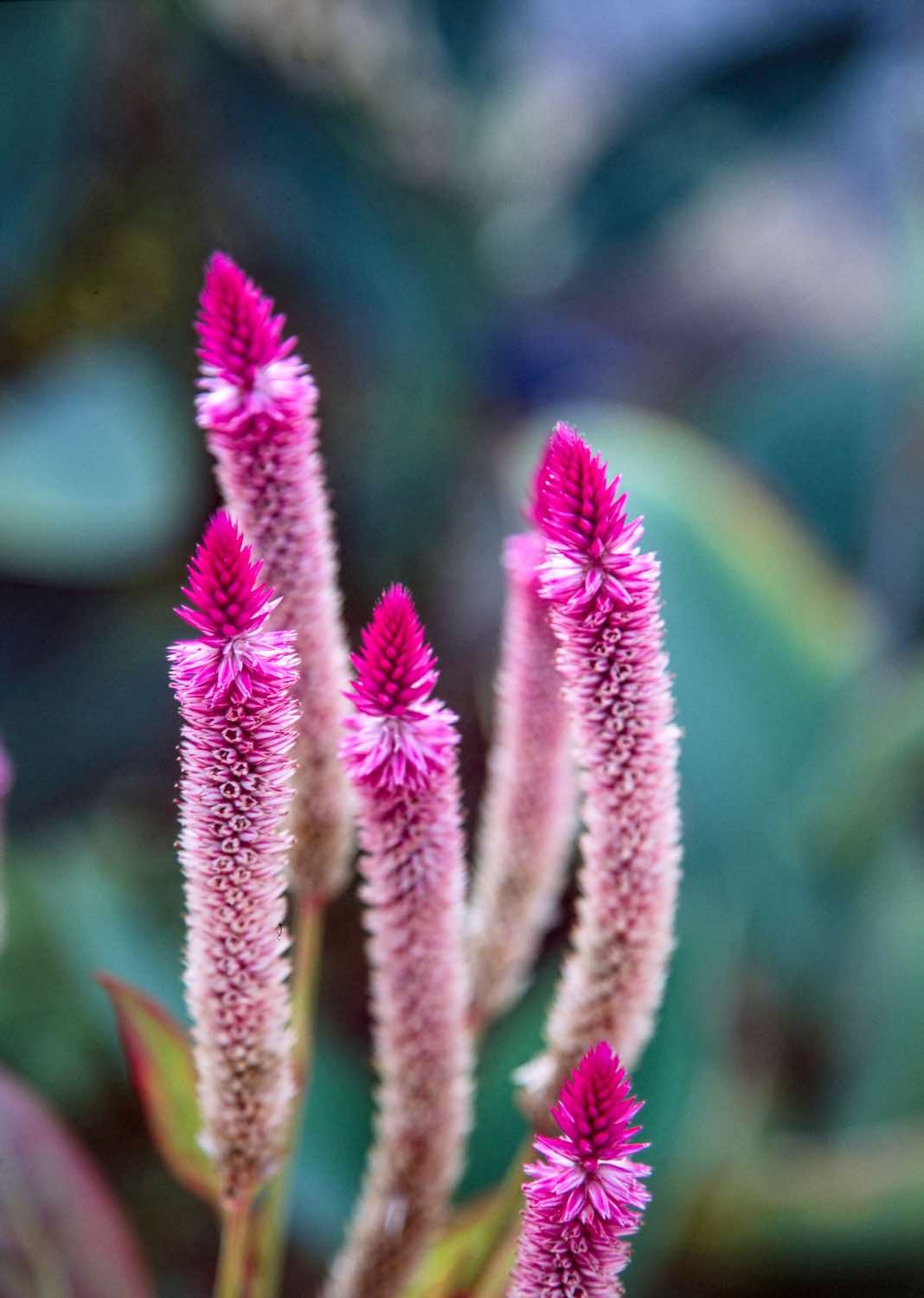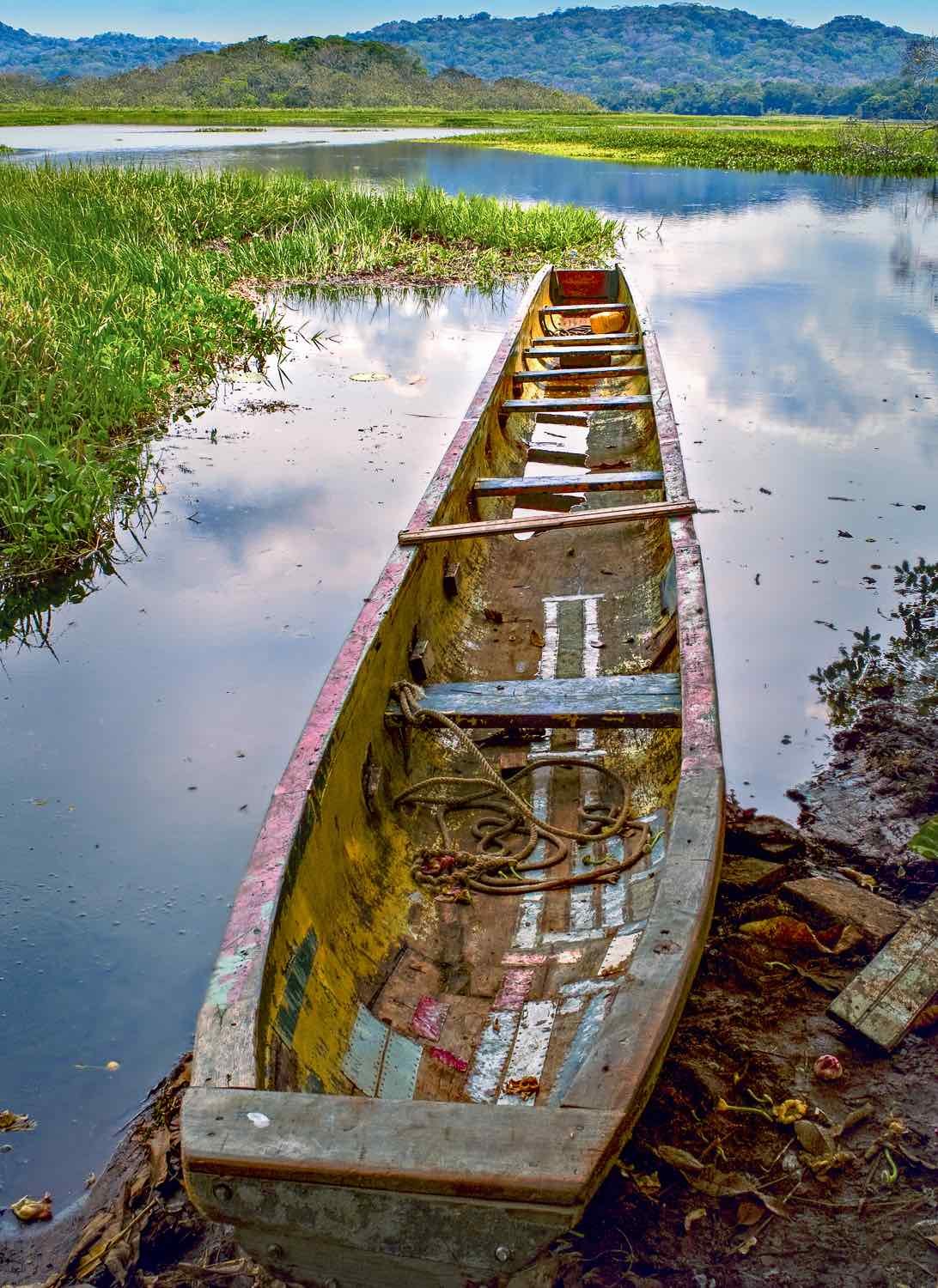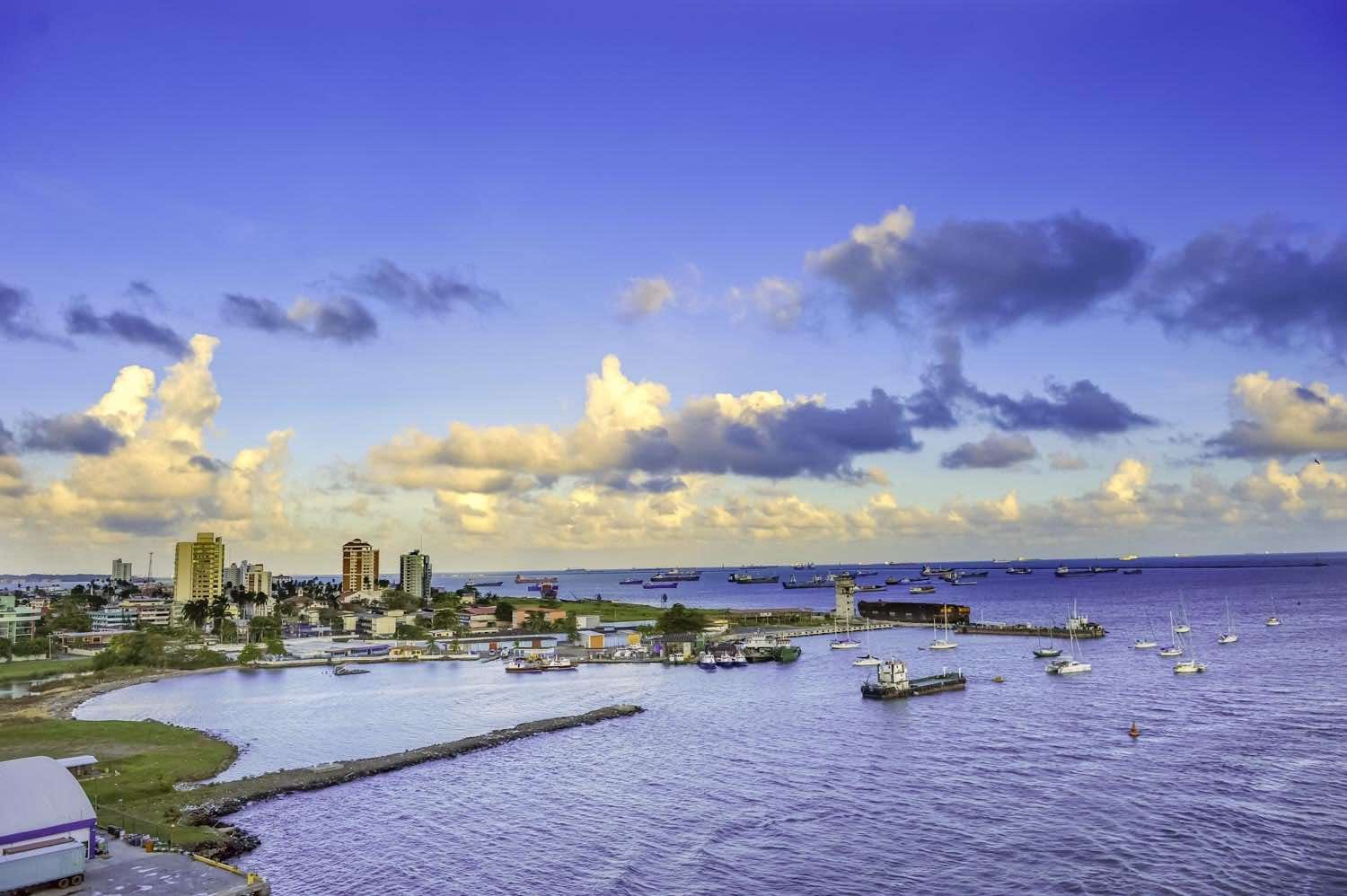Colon: Commercial Capital of Panama
Colon is the commercial capital of Panama’s Caribbean Coast—an important canal port and part of the hemisphere’s largest free-trade zone.
Cruise ships regularly empty into the Colón 2000 duty-free port, carrying passengers for day trips.
One of the most popular excursions allows visitors to observe the passing of great ships through the Gatun Locks; where three sets of locks (stretching over a mile) carry ships from the Caribbean to Lake Gatun.
Lake Gatun
Lake Gatun, located 85 feet above sea level, forms the 20-mile midpoint on the journey through the canal.

Barra Colorado Island, located near the south end of the lake, is a biological reserve and the site of a Smithsonian Tropical Research Institute station.
San Lorenzo
Roughly 19 miles north of the Gatun Locks, San Lorenzo National Park encompasses 23,852 acres of cativo forest and coastal mangroves, along with 12 miles of Caribbean shoreline.
More than 430 bird and 80 mammalian species inhabit this park, many of which can be seen from the Sendero Trogon and Camino de Achiote.
The park’s centerpiece is the cliff-top ruin of San Lorenzo Fort, originally constructed in 1588 to defend the coast from pirates.
Portobelo
Portobelo National Park, 30 miles east of Colon, protects 88,744 acres of coastal wetland, coral reef, and rainforest.
Offshore diving tours to Buena Ventura Island, Salamander Reef and Drake’s Island, visit shipwrecked galleons and underwater canyons.

San Felipe de Portobelo
The historic town of San Felipe de Portobelo (or simply Portobelo) is set on a narrow bay, inside the limits of the national park.
Founded in 1597, this fortified port town was an important launching point for heavily-laden Spanish treasure fleets returning to Europe.
The town was plundered mercilessly at the hands of Captain Henry Morgan in 1668.
Toto Fierro and Santiago de la Gloria
In 1739, its two largest fortresses—Toto Fierro and Santiago de la Gloria—were destroyed in a naval bombardment by English Admiral Edward Vernon.
In the aftermath of that attack, Portobelo was quickly recaptured by the Spanish. They wasted no time adding fortifications on both sides of the harbor.
Portobelo’s remaining military architecture, including San Lorenzo Fort, was added to UNESCO’s World Heritage list in 1980.

Castillo de San Jeronimo
Today, visitors to Portobelo can tour Castillo de San Jerónimo and the Santiago Battery.
The Royal Customs House seems to be under perpetual renovation.
Nearby, the church of San Felipe displays a legendary Black Christ statue, credited with numerous miracles.
Climate and Happenings
On each October 21st, this town swells with pilgrims, making the journey to honor this image with a procession and celebrations.
Panama’s Caribbean Coast receives twice as much rain as its Pacific Coast, most intensely from April to November.
Humidity is high, and average temperatures reach into the 90s.
During the dry months of December to March, sunny skies prevail.
Getting to Portobelo
Portobelo is 62 miles (90 minutes) north-northwest of Panama City on the Transisthmian Highway.
Another access option is the Panama Railway, operating a 48-mile passenger service between Colon and the capital.
Diversions to nearby Chagres and Soberania national parks are easily arranged.
Thinking of visiting Panama? When you travel with LANDED, our team of travel experts and network of local contacts are at your service. We’ll handle the details, freeing you to savor the moments. Call us today at 801.582.2100. Dream big. We’ve got you.
Lawrence Darrell
—— HOTELS
EL OTRO LADO
—— COMBINE WITH
COCLE PROVINCE
PANAMA CITY
